CREDITS
PARTICIPANTS
MC: Marian Kaiser, media theorist, dramaturge, author.
Fahim Amir, philosopher. Martina De Dominicis & Alberto Cissello [debocs], performers. Giuliana Furci, mycologist [live from Santiago de Chile]. Daniela Gandorfer, law & governance scholar [live from London]. Thomas Nail, philosopher [live from Denver]. Agostino Nickl, architect, AI researcher. Patricia Reed, artist & theorist. Maggie Roberts [0rphan Drift], artist [live from London]. Yuka Takahashi, performer [live from Columbus]. A Waldrapp bird & Gordan Savičić, artist, & Felix Stalder, media theorist.
SOUND / MUSIC / VOCALS
Soulcat E-Phife, DJ/MC; Volkmar Klien, composer, and Wientaler Dreigesang, vocal ensemble.
TEAM
Markus Passecker: head of XR production and Unity3D development, Marek Šimoník: Record3D volumetric video sharing, Michael Loizenbauer: live-streaming, Alexander Weber: camera, Alex Bossew: sound engineering, Bela Eckermann: constructions, Daniel Hüttler: assistance, set photography.Maximilian Thoman: co-producer.
Additional video material by: 0rphan Drift (Maggie Roberts with Megan Bagshaw, VFX supervisor, and Jason Stapleton, Lidar animations).
BIOGRAPHIES
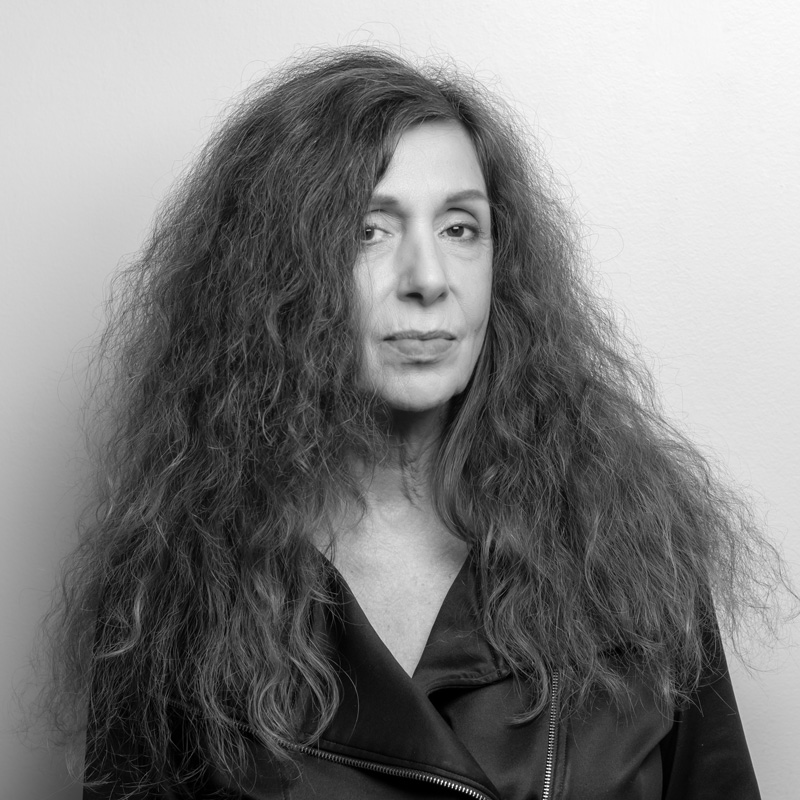
FOTO: Katharina Stögmüller
Sylvia Eckermann
is an artist based in Vienna whose engagement with form and media culminates in critical artistic reflections on socio-political and economic conditions. She works with various media, including digital and physical environments, installations, videos, objects and sculpture, and stages information that structures individual as well as economic entanglements in binary and physical environments. Since the late 1980s, Eckermann has been artistically engaged with the digital space, its nature and possibilities. Initially, she concentrated exclusively on the virtual space, with her interests shifting in the mid-2000s towards the "interface" between real and virtual space. Her early artistic involvement with computer games has earned her the reputation of a Game Art pioneer. She has shown her work in numerous exhibitions and projects internationally, such as the Millennium Dome, London, UK; the European Cultural Capital Graz, AT; Ludwig Forum for International art, Aachen, DE; KIASMA Museum of Contemporary Art, Helsinki, FI; Kunsthalle Wien, AT; Kunsthaus Graz, AT. She is a member of the Technopolitics research group, Vienna. In 2014, she received the inaugural Media Art Prize of the City of Vienna and was awarded the Austrian Art Prize for Media Art in 2018. syl-eckermann.net
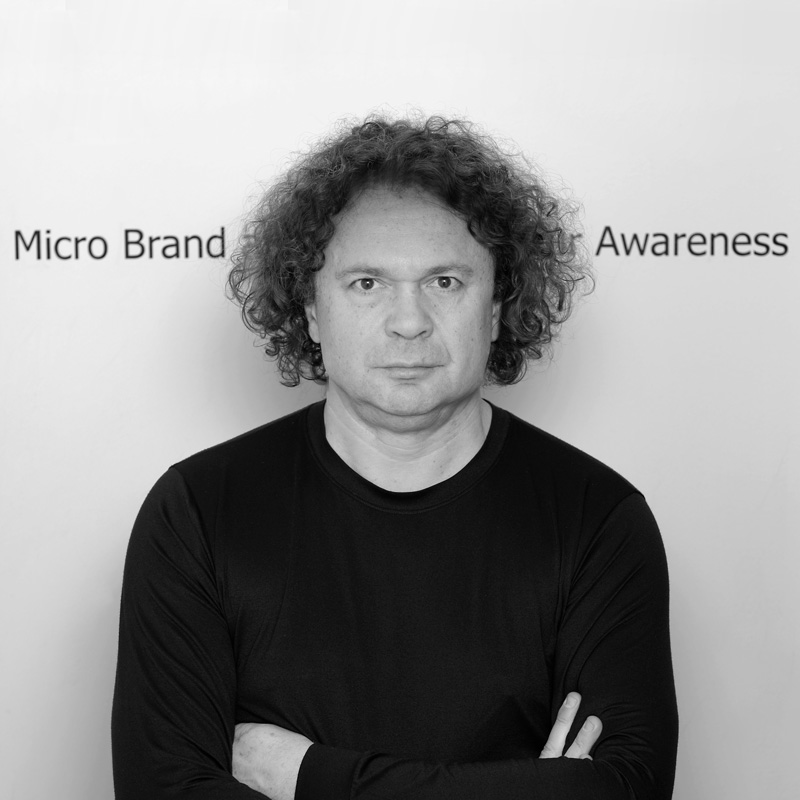
FOTO: Katharina Stögmüller
Gerald Nestler
is an artist and researcher who combines video, installation, performance, intervention, print and text with theory and conversation. He also develops and curates postdisciplinary formats dedicated to collaborative practices between art and other fields of knowledge and experience. In his research, he focuses on the derivative condition of technocapitalism, a performative mode whose power to claim the future derives to a significant degree from finance models, operations, and narratives. Since 2014 he examines how the semiotic field of the term resolution can be activated as a toolbox against non-transparency and explores renegade activism as a form of resistance to transform dissent and critique into forms of insurrection. Gerald’s practice is to a large extent based on thinking and making together, especially with the artist Sylvia Eckermann and the Technopolitics research group. He has shown his work and has also published and lectured internationally. He graduated from the Academy of fine arts Vienna and received a PhD from the Centre for Research Architecture, Department of Visual Cultures, Goldsmiths, University of London, where he was also a researcher at Forensic Architecture. geraldnestler.net
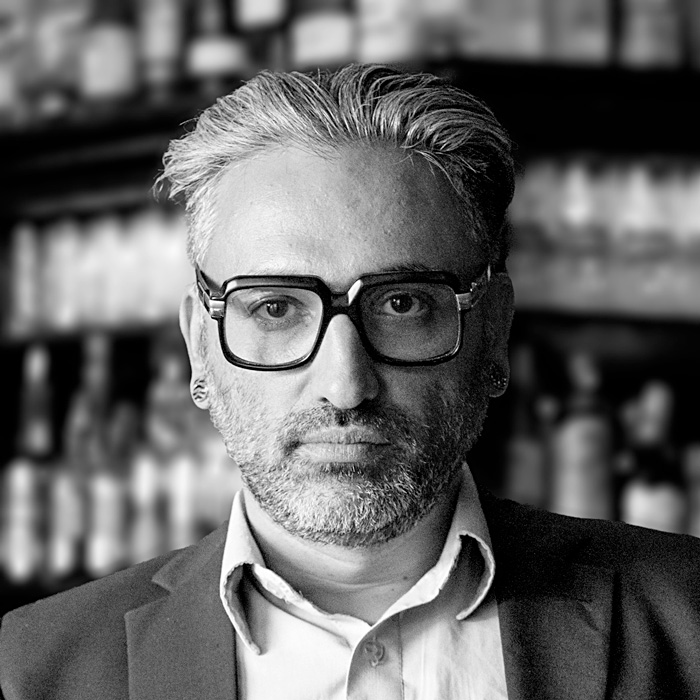
FOTO: Jakob Gsöllpointner
Fahim Amir
is a philosopher and author living in Vienna and teaching at universities and art academies in Europe and the Americas. Amirs research areas are naturecultures and urbanism, art and utopia, and questions of cohabitation, coloniality and transculturality. As a theorist and writer Amir is frequently in intense forms of collaboration with artists, curators and cultural producers. Amir co-edited "Transcultural Modernisms" [Sternberg Press, 2013] and wrote the afterword to the German translation of Donna Haraways "Companions Species Manifesto" [Merve, 2016]. His book "Schwein and Zeit" [Being and Swine] has been honored with international awards and was translated amongst others into English [2020], Persian [2021] and French [2022]. Recent publications include the manifesto of the ARCH+ exhibition "Cohabitation" [Berlin, 2021] and contributions for the Hammer Museum [Los Angeles, 2022], the 58th Carnegie International Exhibition [Pittsburgh, 2022], the mumok [Vienna, 2022], and the Venice Biennale Architettura 23.

FOTO: Alberto Cissello
Alberto Cissello
is a contemporary dance artist currently living in Vienna. Among his most recent collaborations as a performer are works by choreographers Eva-Maria Schaller, Daphna Horenczyk, and Cielaroque/Helene Weinzierl, whose performances were showcased in different festivals and venues such as ImPulsTanz, WUK performing arts, and Sommerszene Salzburg, among others. Together with Martina De Dominicis, Alberto co-founded the artistic duo DEBOCS, taking their performances on tour to venues such as Zagreb Dance Center, HR; BASE Milano, IT; Theater im Ballsaal, DE; and the tanz_house festival Salzburg 2020, AT. As a guest teaching artist, Alberto has been invited to conduct workshops for international institutions including Tanzquartier Wien, Musik und Kunstuniversität Wien, Divadlo Štúdio Tanca Festival, Festival Spectrum, Universidad Nacional de Heredia in Costa Rica, and Play Practice Artistic Residency in Bangalore. Parallel to his artistic work, he is the co-initiator of BACKPULVER, a peer-to-peer-based platform for artistic knowledge exchange in the field of contemporary performance.
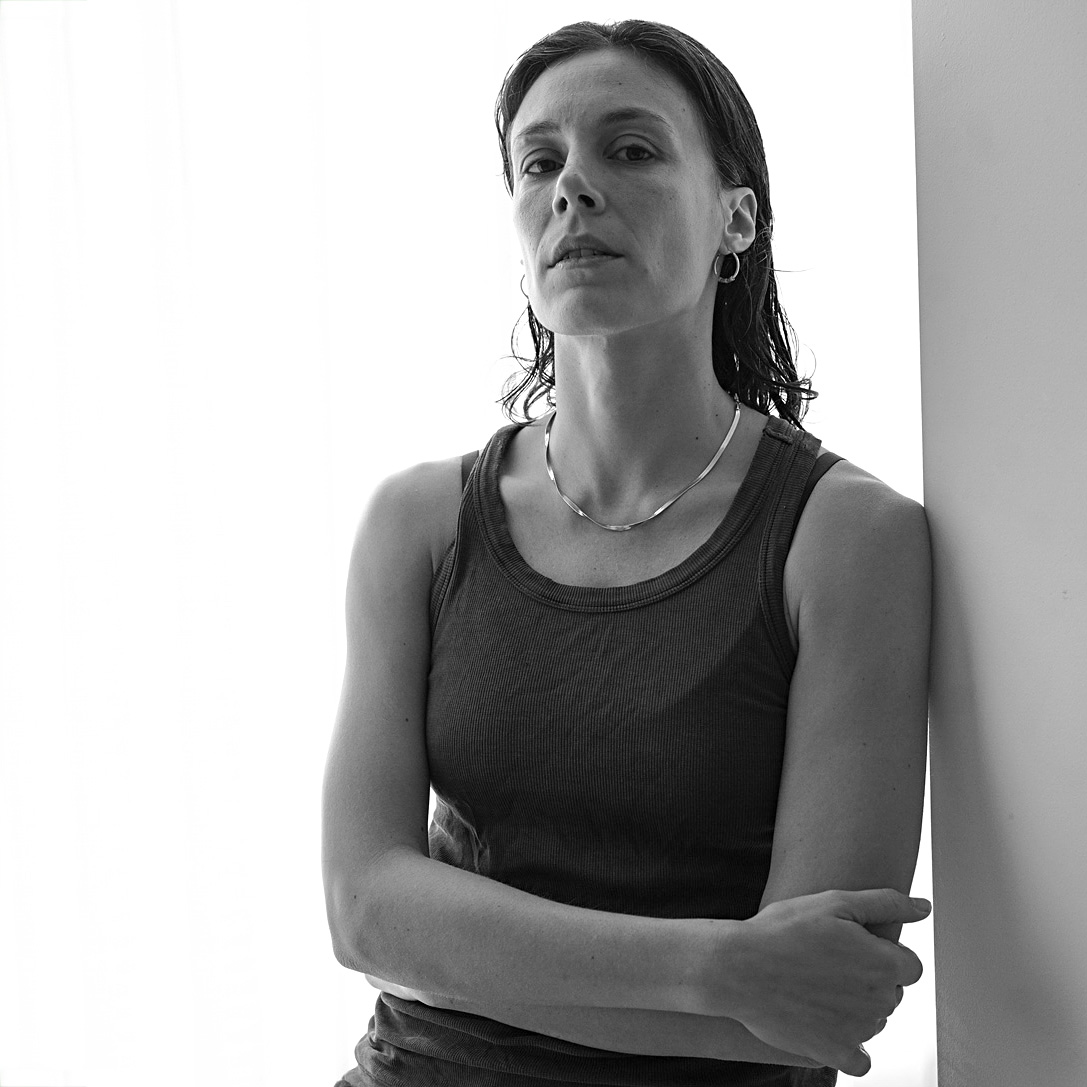
FOTO: Cristina Commisso
Martina De Dominicis
is Vienna based dance artist and choreographer. After a career with several institutional dance companies across Europe, she begins in 2016 to collaborate with Rafaele Giovanola for Cocoondance Company [DE/CH], co-creating dance pieces that have been touring through Europe, Africa, Asia and South America. In Vienna she collaborated with Veza Maria Fernandez, Georg Blaschke and Daphna Horenzcik, Alexander Gottfarb and Karin Pauer. In 2023 she received a Master in Movement Research at the Anton Bruckner University in Linz. Her current research and interest investigates in-between states of presence by exploring touch-sight based practices. In 2019 she co-initiated with Alberto Cissello the artistic duo collective DEBOCS. With the piece “yet to be born” [2019] they have been invited to perform in Germany, Austria, Italy and Croatia and to choreograph a version for students at ZZT [Contemporary Dance University] in Köln. Martina is also a co-founder of BACKPULVER_Think and Practice tank for contemporary dance.
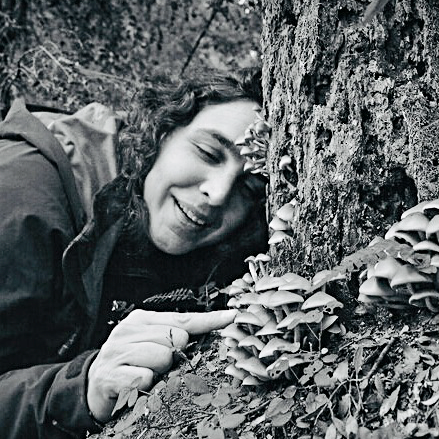
FOTO: Mateo Barrenengoa
Giuliana Furci
is the foundress and CEO of the Fungi Foundation. She is also an associate at Harvard University, a National Geographic Explorer, a Dame of the Order of the Star of Italy, the deputy chair of the IUCN Fungal Conservation Committee, and the author of several titles, including a series of field guides to Chilean fungi. She has co-authored titles such as the 1st State of the World's Fungi [Kew, 2018], the publication that delimits the term “funga,” and the 3F Proposal - Fauna, Flora & Funga. Giuliana has held consulting positions in U.S. philanthropic foundations as well as full-time positions in international and Chilean marine conservation non-profits. She sits on the Board of Fundación Acción Fauna, and on the Advisory Board of the Society for the Protection of Underground Networks [SPUN], and other organizations. Giuliana has received several distinctions, including the 2022 Buffett/National Geographic Leadership in Conservation in Latin America Award, the 2022 Gordon and Tina Wasson Award from the Mycological Society of America, and the 2013 Presidents Award from the International Society for Fungal Conservation. giulianafurci.com
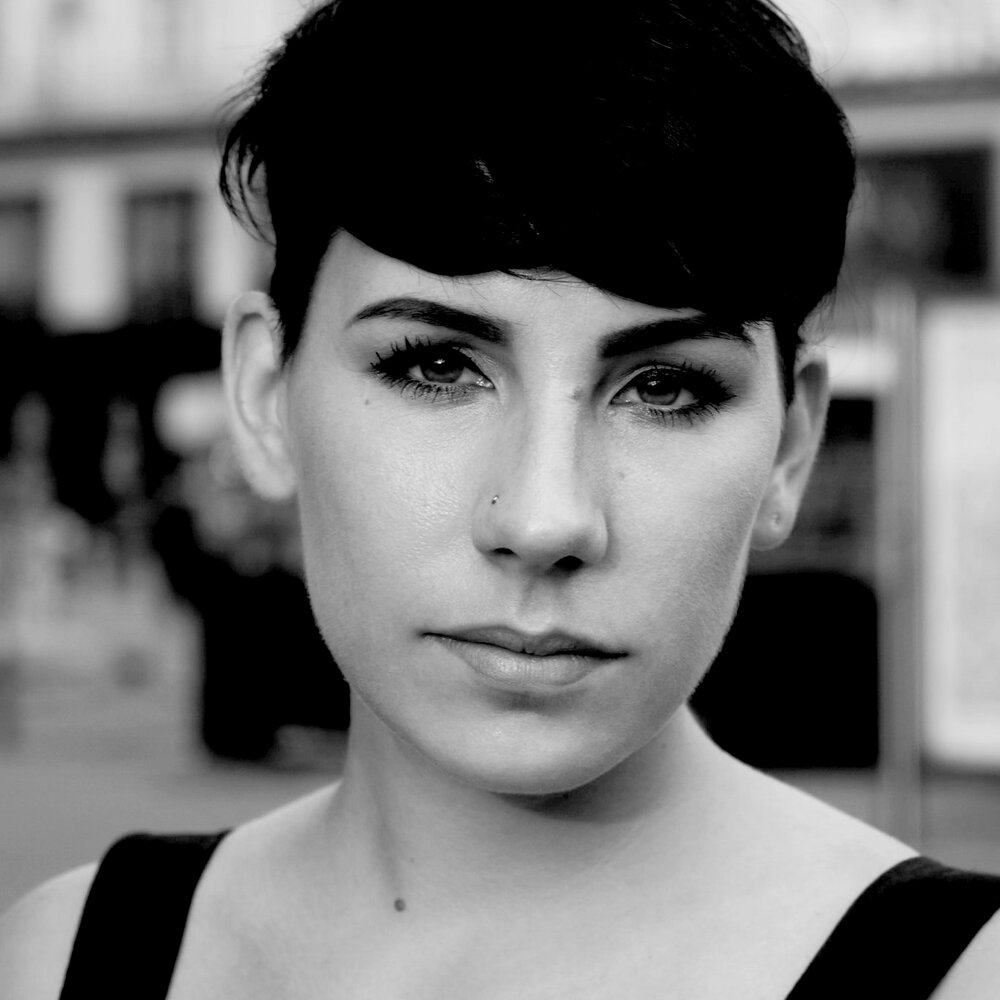
Princeton University
Daniela Gandorfer
Daniela is a distinguished researcher, legal theorist, and social entrepreneur, focusing on future governance, digital technology, and climate justice. Her work, recognized with awards like the Osimoroi World Award 2024 and the 2021 ASciNA Young Scientist Award, includes her forthcoming book, "Matterphorics" [Duke University Press]. She is an assistant professor at the University of Westminster Law School and the founder of Logische Phantasie Lab, dedicated to decentralized and ethical normativity. Award winning initiatives she leads include "de.RtB - A Decentralized Right to Breathe" and "de.WRs - Decentralized Water Rights." With a rich background in international projects and collaborations, Daniela has worked with institutions like Princeton, Yale, Berkeley, and Harvard. Holding a Ph.D. from Princeton, she is currently pursuing an MSc in Finance at the London School of Economics and Political Science.

Daniel Hüttler
is an artist, curator and researcher. He is involved in an array of local as well as trans-national and trans-disciplinary projects that range from research groups and artist run spaces to experimental theory and performance networks. Daniel operates mostly in and as adO/Aptive, a flexible assemblage with ever-changing members and a collective that foments critical thinking, potential action, communication and Otherness through performative adaptions. adoaptive.pet
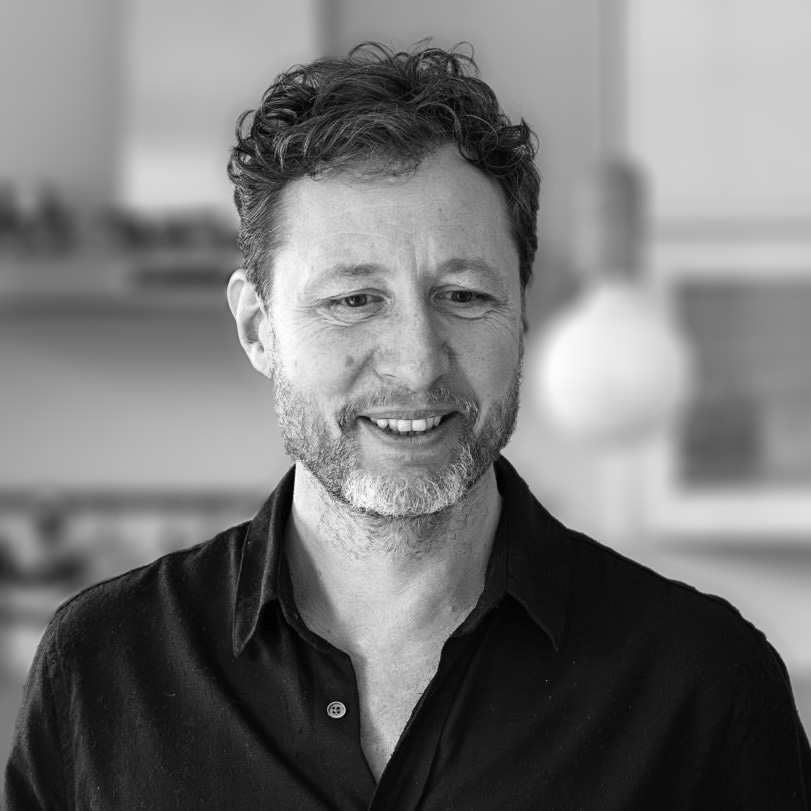
Marian Kaiser
is a writer, media theorist, concept and project developer who lives in Berlin and Kinshasa. He studied Theory and History of Media, Literature, Philosophy, and Southeast Asian Studies at the Humboldt University of Berlin and has been a lecturer and researcher at universities in Berlin, Dresden, Yogyakarta and Giessen. Marian Kaiser regularly collaborates with artists and designers in a variety of media and formats, producing works at the interstices of fiction and theory, literature and technology. He has published extensively and also works as an author for film and series, currently on a collaborative script on the abyss of expat live in the Democratic Republic of Congo.

Volkmar Klien
Growing up in Vienna, Volkmar Klien spent his childhood engulfed in the city’s rich musical life with all its glorious traditions and engrained rituals. Working from this background Volkmar Klien today strives to extend traditional practices of composing, producing, and listening far beyond the established settings of concert music. He works in various areas of the audible and occasionally inaudible arts navigating the manifold links in-between the different modes of human perception, the spheres of presentation and the roles these play in the communal generation of meaning. volkmarklien.com

Thomas Nail
is Distinguished Scholar and Professor of Philosophy at the University of Denver. His research focuses on the philosophy of movement and combines the insights of process philosophy and new materialism to develop a unique kinetic philosophy. His methodology is motivated by pressing contemporary concerns and deeply rooted in historical and empirical research. He is the author of numerous books, including The Figure of the Migrant, Theory of the Border, Marx in Motion, Theory of the Image, Theory of the Object, Theory of the Earth, Lucretius I, II, III, Returning to Revolution, and Being and Motion.
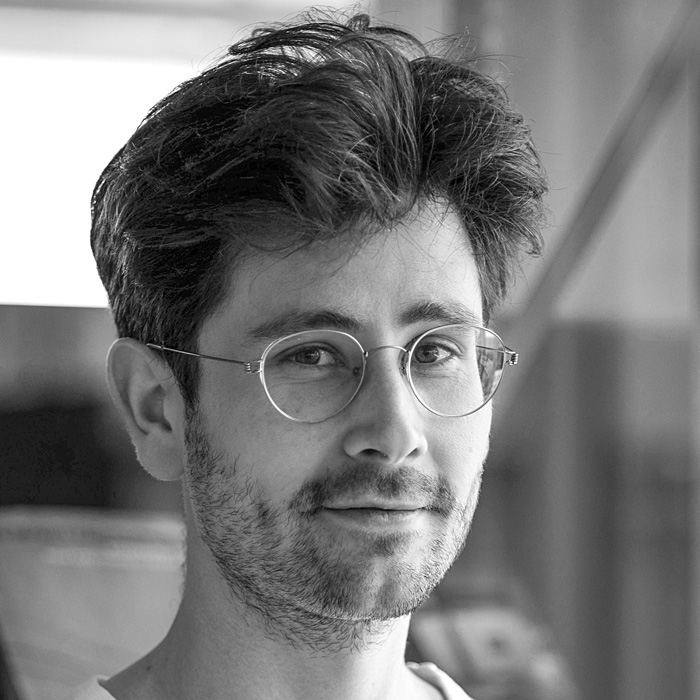
Agostino Nickl
Agostino is a Doctoral Fellow at the Institute of Technology in Architecture [ITA], ETH Zürich. He received the Architecture & Technology Doctoral Fellowship in 2021. Currently, Agostino is a researcher within the Digital Architectonics research group, supervised by Prof. Ludger Hovestadt and Prof. Vera Bühlmann. In his research, he thematizes how architects can come to terms with the possibilities that AI and AR afford them through theory and code; a special focus lies on Unsupervised Learning, Multi-Modal Corpora and new methods of 'Questing' the vectorial world between them. Before joining ETHZ, he worked at Arup Studio in London, an interdisciplinary design innovation team, and taught Architectural Design at the Oxford School of Architecture and Landscape Design and Videogame Urbanism Theory at the Bartlett School of Architecture, UCL. Agostino graduated with a Master’s degree [distinction] at the Bartlett School of Architecture under Prof. Laura Allen and Prof. Mark Smout in PG Unit 11, where his work was awarded the Sir Banister Fletcher Medal, the Bartlett School of Architecture Medal and the Saint Gobain Innovation Prize. agostinonickl.com

FOTO: Maggie Roberts
Octopus
Drop into the internal ocean, follow the pulsing heartbeat in your fluid body. Close your eyes. Breathe, breathe in and out. The cold burns your skin and aches inside your head, until you let the water in and slowly become everything you touch. Everything is about touch. In some versions of the Hawaiian creation myth, the octopus is the only fourth dimensional being remaining here after the cataclysmic destruction of a previous version of the universe. Imagine having a fluid body shaped by a fluid world. Imagine sensing colour as waveforms and the prismatic refraction of light passing through the ocean’s liquid body. Flushing colours across your skin, expanding into the immensity of detail, you’re no longer the centre of your awareness. They’ve been learning to become invisible for 500 million years.

Markus Passecker
is currently pursuing a PhD at the University of Applied Sciences St. Pölten, in collaboration with the Technical University Vienna. His research focuses on advancements in digital heritage and interactive storytelling.He earned an MA in Digital Media Technology and Digital Healthcare from the University of Applied Sciences St. Pölten, with a specialization in Experimental Media|Art. As an XR creator and UX designer, Markus develops applications that aim to enhance visitor experiences both in museums and in broader contexts. He has a keen interest in the interaction between the physical body and media technologies, particularly through biofeedback-controlled installations and performances. His work seeks to explore and expand the potential of XR technology to create immersive and engaging experiences. markuspassecker.com

FOTO: Katy Otto/HKW
Patricia Reed
is a theorist, artist and designer based in Berlin. She is Co-Head of The Critical Inquiry Lab at the Design Academy Eindhoven, NL. Recent writings have been published in Navigation beyond Vision, Space Synthesis, Ceremony: Burial of an Undead World, Model is the Message, The New Normal, and e-flux Journal. She co-wrote the Xenofeminist Manifesto as Laboria Cuboniks which was republished by Verso in 2018. Reed is an affiliate researcher in the Antikythera program, and has been awarded an Agent of Change grant from the International Architecture Biennale Rotterdam in 2023. aestheticmanagement.com/
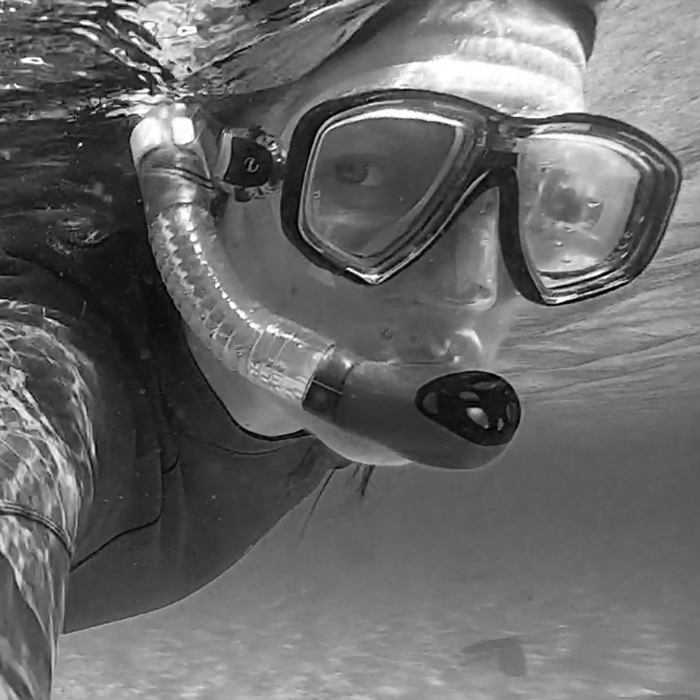
FOTO: Maggie Roberts
Maggie Roberts
has explored the boundaries of machine and human vision throughout her artistic career, mostly as the collaborative artist 0rphan Drift [which she co-founded in London with Ranu Mukherjee in 1994]. In recent years she has been considering Artificial Intelligence through the somatic tendencies of the octopus, as a distributed, many-minded consciousness. 0rphan Drift’s projects suggest possibilities in expanding and inhabiting other systems of perception and proprioception and navigate what it means to communicate with an alien intelligence. Their installations, performances and speculative fictions have been exhibited in gallery and museum spaces for over three decades. Maggie teaches Fine Art Critical Studies at Central St Martins, London, and is a Senior Research artist on the Ai Design Labs, Royal College of Art, London. orphandriftarchive.com

Gordan Savičić
is an artist and critical engineer whose work investigates the impact of digital culture on society through a diverse range of media. His artistic research focuses on rendering invisible infrastructures visible, probing the significance of datafication and performing digital interventions, both on- and offline. Born in Vienna, he pursued studies in media art and design in Vienna and Rotterdam, currently holding a teaching position in Lucerne. Recognitions include awards and honorary mentions from transmediale, Rhizome and Ars Electronica. He regularly collaborates with groups like Berlin’s weise7 in organising workshops, exhibitions and publications that focus on networking, tactical media and software art. yugo.at

FOTO: Bubu Dujmic
Soulcat E-Phife
Soulcat was born in the Dominican Republic in 1986 and moved to Austria in 1991. While attending high school, she produced and hosted the two-hour show "Outburst - the guitarists lounge" on Radio FreeQenns in Upper Styria. As part of "European Cultural Capital Graz 2003", she played a fictional big band jazz singer in the piece «Cotton Club 2003». Since 2011, she has been recognized internationally as the performer, rapper, and hip-hop artist «Soulcat E-Phife», especially after appearing on the Sofa Surfers album "Scrambles, Anthems and Odysseys" in 2015. In the same year, Soulcat represented Austria at the largest West African hip-hop festival «FESTAH2H» in Senegal, where she shared the stage with fellow black & female artist Akua Naru. Soulcat produces music for soul, dancefloor, and cultural as well as artistic productions on her label «soulcatmusiq» and works as independent music producer, sound engineer, and artist manager. soulcatmusiq.com

FOTO: Dominik Landwehr
Felix Stalder
is a professor teaching Digital Culture at the Zurich University of the Arts. His work focuses on the intersection of cultural, political and technological dynamics, in particular on new modes of commons-based production, copyright, datafication, and transformation of subjectivity. He not only works as an academic, but also as a cultural producer, recently retired as a moderator of the mailing list ‹nettime›, a crucial nexus of critical net culture. He is a member of the World Information Institute and the Technopolitics Working Group, both based in Vienna. He is the author/editor of numerous books, among others Deep Search. The Politics of Search Beyond Google [Transaction Publishers, 2009], Digital Solidarity [PML Mute, 2014], Kultur der Digitalität / Digital Condition /字 状况 [Suhrkamp, 2016/Polity Press, 2018, School of Public Art, 2023], Aesthetics of the Commons [Diaphanes, 2021], Digital Unconscious [Autonomedia, 2021] and From Commons to NFTS [Ljubliana 2022]. felix.openflows.com

Yuka Takahashi
is an art and performance synthesist. Originally from Japan, she started her professional dance career in NYC in 1999. She has since been working with various dance companies and performance projects, touring across the USA, the EU and Japan. She was an artist resident at LABfatory, Vienna, and Workspace Brussels, and a member of Boston’s leading performance artist collective Mobius. Since 2012, Yuka has produced and curated several interdisciplinary experimental performance events. Her original works and performances were presented internationally at venues like 100 years#4 by Moma PS 1 with Performa, Judson Church, Boston University, Oberon Theater, Boston Center for the Arts, Siggraph Japan, Grunthaler9, Berlin, WUK Vienna.

Maximilian Thoman
is the artistic director of mkt - Büro für intermedialen Kommunikationstransfer, an art association based in Innsbruck, Austria. In addition to various curatorial activities for exhibition projects and lecture series, he was a board member of the interdisciplinary cultural association p.m.k - Plattform mobile Kulturinitiative, Innsbruck, and a member of the editorial advisory board of the online magazine continent [2015-2020]. In 2019, he took over his parents' Galerie Elisabeth & Klaus Thoman. Maximilian Thoman lives in Innsbruck and Vienna.
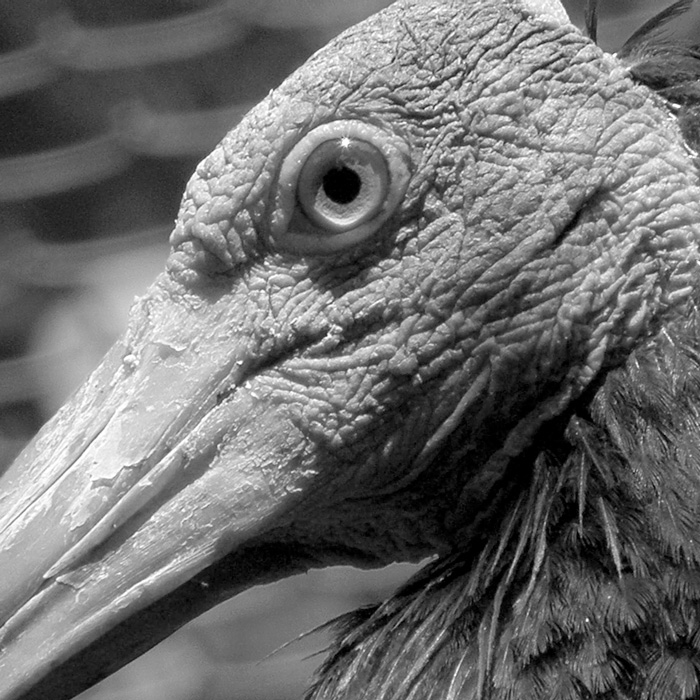
FOTO: Frank Wouters
Waldrapp
The Northern Bald Ibis [german: Waldrapp], is a large migratory bird that became extinct north of the alps in 1621 and is being released into the wild since 2013. With the extinction, the social knowledge of migration became also extinct and needs to be relearned with the help of humans. Most of the animals are tracked, but the main purpose of tracking technology here is not surveillance but care: supporting the birds to survive outside captivity, yet within densely populated, deeply cultured environments. A different notion of wilderness emerges here that does not denote the separation from human culture, but a degree of freedom and autonomy in making decisions.

FOTO: Igor Ripak
Wientaler Dreigesang
In the Wientaler Dreigesang [Vienna Valley Singers] Christine Gnigler, Joachim Rigler und Lorina Vallaster join forces to raise their voices in praise of global capitalism. On their recent album “Capital Must Accumulate; it’s a law of nature” [loewenhertz 038] they presented vocal trios composed by Volkmar Klien with words by John Barker, Ines Doujak and Gerald Nestler. The Wientaler Dreigesang in their songs draw heavily on historic musical practice, juxtaposing heavenly harmonies with rather earthly matter. wientaler-dreigesang.at

FOTO: Dritter.Akt
Alexander Weber
is an Austrian director, writer and cinematographer. He is part of the film-collective Dritter.Akt. As Dritter.Akt he creates story-driven, stylized shortfilms and commercials. Their focus is on stories that deal with topics like inclusion, social balance and transparency. His style is lead by distinctive camera moves, stylized lighting and clearly structured productions design. He is also teaching at the University of Applied Sciences in St. Pölten. He lives in Vienna and works worldwide. www.dritterakt.com